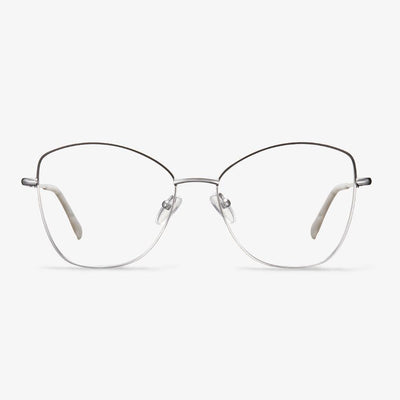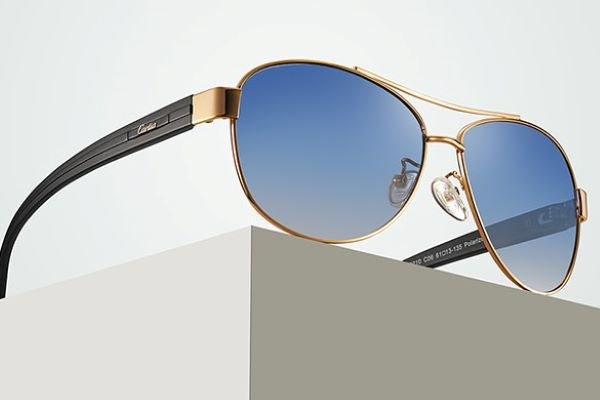Evolution of hard coating technology
The first generation of the use of hard coating technology began in the early 1970s, the quartz material is deposited on the surface of a resin lens under vacuum conditions, form a very hard anti-wear film. However, due to the mismatch between the thermal expansion coefficient and the film base material, it is easy to delaminate and crack the film. Instead, it forms the mottle on the surface of the lens, and the effect is not optimal.
The second generation of hard coating technology is the use of the 1980s. The surface of the resin sheet is coated with a material with high hardness and not easy to be brittle and cracked by an immersion process. At this time, anti-reflection coating lenses had appeared and gained the recognition of consumers, but the mismatch between adding hard coating and anti-reflection coating still caused serious lens wear.
The third generation of hard coating technology was developed in the 1990s, mainly in order to solve the problem of wear resistance after coating resin lenses with an anti-reflection film. The hardened material evolved into a polymer organic matrix material.
Fourth-generation coating technology is dominated by silicon atoms, in which the hardened solution contains both organic substrates. It contains inorganic ultrafine particles, including silicon elements, which make the hard coating not only tough but also hard.
What Are Anti-Glare Glasses?
Anti-glare glasses are made with lenses that have an anti-glare coating or anti-reflective coating. This is an extremely thin layer placed on the lens itself so as to remove any reflections you might see from the surface of the glasses. This improves your vision by reducing the amount of glare that reflects off of your lenses.
Benefits of MR Lenses
It is made of MR series material of Mitsui Chemical, Japan. The biggest advantage is that it is both thin and has good optical properties. Besides, the material has good impact resistance and toughness, so it is not easy to be deformed or broken. Wearing such lenses not only looks more beautiful, but clear and comfortable, and safe at ease. Using a lower density polyurethane material, the lens is lighter and thinner, making it more comfortable to wear. The higher machining success rate increases the processing efficiency and reduces the processing cost. The film compatibility and dyeing properties of MR™ are better than those of ordinary materials, which can improve the quality of functional lenses like photochromic lenses and myopic sunglasses. MR-8™ combines high refractive index, high Abbe number (for better imaging), and better processing performance, suitable for rimless, half-frame, and other glasses, which are less broken and safer. MR-7™ provides better dyeing performance, faster and more uniform color application, and can be used for myopic sunglasses. MR-8 Plus™ is safer and further improves the impact resistance of the lens while maintaining the high Abbe number of MR materials.
How much do a pure titanium eyeglass frame cost?
What’s the probable price of a a pure titanium frame? The price is not the same, due to customer demand. There are pure titanium frames, Beta titanium frames, and half titanium frames. Online shopping is different from physical stores, and online shopping prices are probably only more than 50% of the physical optical stores. The price of the pure titanium frame is more expensive, be in 500 above commonly. The frame of pure titanium appears sedate mature, suiting the man with a successful career quiet. The price of a titanium frame is relatively cheap, usually around 300. The titanium alloy frame is practical and suitable for students. Prices vary depending on the brand, style, material, and even location of the frame. The price of the eyeglass frame is determined by several aspects, like the brand material, the marketing mode, and so on.
Types of Optical Frame Glasses
The full-frame glasses have good strength, suitable for athletes and children to wear because the lens is completely protected by the lens ring. They are suitable for a variety of refractive parameters of the lens. The upper part of the lens ring is made of metal or plastic materials. The lower half of the lens ring is made of a very fine nylon wire like the lower part of the lens ring. Rimless glasses are lighter than full-frame glasses. Rimless glasses can be divided into parts type and integral type. The part type consists of a nose bridge (together with the nose pad) and two temples. The combination glasses are divided into two parts. Usually, the front group is equipped with colored lenses, and the rear group is equipped with lenses for correcting refractive errors. The folding glasses can usually be folded at the bridge of the nose and the temple to reduce the space when stored or carried and are mostly used for making reading glasses.
Advantages of carbon fiber glasses frames
The main reason for choosing carbon fiber to replace traditional plastic and metal materials is that carbon fiber has the characteristics of lightweight and high tensile strength. Spectacle frames made of carbon fiber materials are significantly lighter than traditional metal spectacle frames. In addition, such spectacle frames are impact resistant, has high hardness, wear resistance, are not easy to deform, and will not fade. Also, the carbon fiber material has good biocompatibility and is often used in medical equipment, so it will not cause allergic reactions, and it is not easy to corrode and rust. The lightweight carbon fiber frame is easy to carry, and it is not easy to deform the bridge of the nose when worn on the bridge of the nose, relieves the burden on the nose and ears, is not easy to slip, and is comfortable to wear.
Features of Diamond Face Shape
Before proceeding with the glasses for diamond face shape, you need to know how to figure out your face shape and the features of the diamond face shape. This section will list some features of diamond face shape.
One of the most common features of diamond face shape is the presence of angles and pointed features and the widest part of the face is the cheek. And the forehead and the chin appear to give height to the face.
The forehead of the diamond face shape is not broad or wide. The size of the forehead is smaller than the cheeks indicating the upper part of the curve of the diamond. The shape of the cheeks is angular and the angles of the face are the widest feature on the face with the cheekbones placed a little higher. The jawline of the diamond face shape is narrower and is smooth with no angles or pointed features. And the lower part of the face is quite pointed or lacks angular features.











































